Foxtail Fern Plant
- November 3, 2023
- 0 comment
The Foxtail Fern plant, scientifically known as Asparagus aethiopicus, is a captivating and distinctive ornamental plant that has earned its popularity in the world of gardening and interior decoration.


Despite its common name, it is not a true fern but rather belongs to the asparagus family. What sets the Foxtail Fern apart are its lush, feathery fronds that resemble a fox’s tail, creating a unique and visually striking appearance.
This evergreen plant is cherished for its adaptability, making it suitable for both indoor and outdoor settings. With minimal care requirements and a penchant for thriving in a variety of conditions, the Foxtail Fern has become a favorite among plant enthusiasts and gardeners, adding a touch of elegance and natural beauty to any space.
| Characteristics | Description |
| Scientific Name | Asparagus aethiopicus |
| Common Name | Foxtail Fern |
| Plant Type | Ornamental plant |
| Foliage | Lush, feathery fronds resembling a fox’s tail |
| Family | Asparagaceae |
| Growth Habit | Evergreen |
| Suitable Locations | Both indoor and outdoor environments |
| Light Requirements | Partial to full shade, avoids direct sunlight |
| Watering | Keep the soil consistently moist but not waterlogged |
| Soil Type | Well-draining, rich, and slightly acidic |
| Maintenance | Low-maintenance plant |
| Hardiness Zones | Typically suited for USDA hardiness zones 9-11 |
| Height | Can grow up to 2-3 feet (60-90 cm) |
| Spread | Spreads gradually, forming clumps |
Botanical Beauty of “Foxtail Fern Plant”
The Foxtail Fern Plant, scientifically known as Asparagus aethiopicus, stands as a testament to nature’s ability to create captivating and unique botanical wonders. This ornamental plant, despite its name, is not a true fern but belongs to the asparagus family. What truly sets the Foxtail Fern apart are its lush, emerald-green fronds that form an enchanting display, evoking the shape of a fox’s tail. Its striking appearance makes it a sought-after addition to gardens and interior spaces, adding a touch of botanical beauty that captures the imagination.
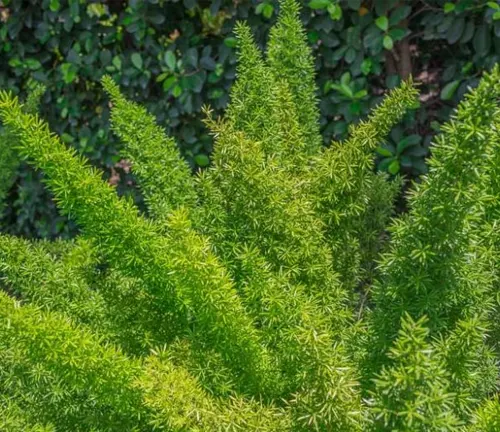
Woodland Elegance
The Foxtail Fern’s woodland elegance is a hallmark of its charm. Its feathery fronds, reminiscent of a forest’s lush undergrowth, create a scene of timeless beauty. Whether placed in a garden, on a patio, or in a well-lit indoor space, the Foxtail Fern’s graceful presence exudes an air of natural elegance that enhances its surroundings.

Ecological Importance
While the Foxtail Fern is primarily an ornamental plant, it doesn’t play a significant role in natural ecosystems. However, its popularity in horticulture and landscaping contributes to a broader appreciation of plant diversity and conservation. Encouraging the growth of unique and visually captivating plants like the Foxtail Fern can indirectly foster an interest in environmental protection and conservation.
Cultivation and Conservation
Cultivating the Foxtail Fern is a rewarding endeavor for gardeners and plant enthusiasts. Its adaptability to a range of conditions, including both indoor and outdoor settings, makes it a versatile choice. However, as with all plant species, it’s essential to consider conservation efforts. While the Foxtail Fern is not at risk, responsible cultivation practices ensure that its natural habitat, and that of other plant species, is preserved for future generations.
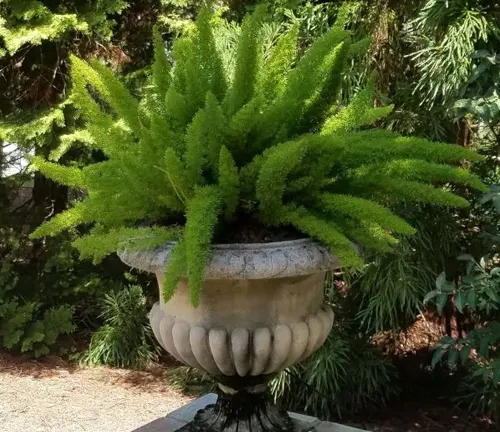
Fragrance
Unlike some other ornamental plants, the Foxtail Fern is not prized for its fragrance. Its appeal lies primarily in its striking appearance, with no significant scent associated with its foliage.
Soil Stabilization
The Foxtail Fern, while not a notable soil stabilizer, can still contribute to improving soil health in garden settings. Its root system, though not deep-reaching, can help prevent soil erosion to a certain extent, especially in potted environments.
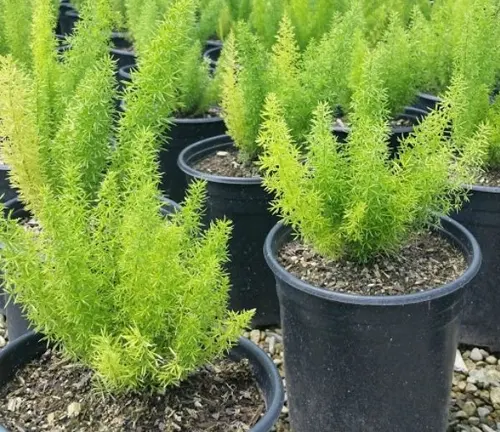
Common Uses
The Foxtail Fern’s common use is as an ornamental plant in gardens, patios, and indoor spaces. Its unique appearance and adaptability to different light conditions make it a popular choice for adding a touch of greenery and elegance to a variety of settings.
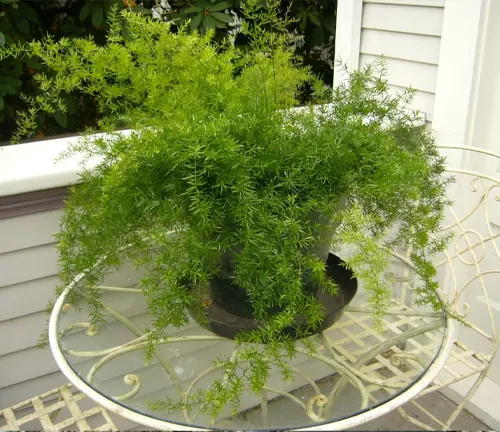
Benefits
The Foxtail Fern offers numerous benefits, including its ability to thrive in diverse environments and its low-maintenance nature. Its striking beauty enhances the aesthetic appeal of gardens and interior spaces, providing a soothing and visually pleasing atmosphere. Cultivating the Foxtail Fern is an excellent way to enjoy the beauty of nature in our own surroundings while fostering an appreciation for the botanical wonders that the natural world has to offer.
Different Species
Asparagus densiflorus ‘Myersii’
This is the classic Foxtail Fern, known for its dense, plume-like fronds that resemble a fox’s tail. It’s a favorite for both indoor and outdoor gardens.
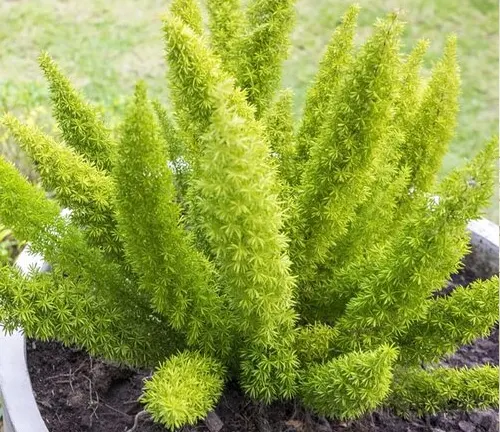
Asparagus densiflorus ‘Sprengeri’
This cultivar, often called the Sprengeri Fern, features delicate, trailing fronds and is frequently used in hanging baskets and container gardens.
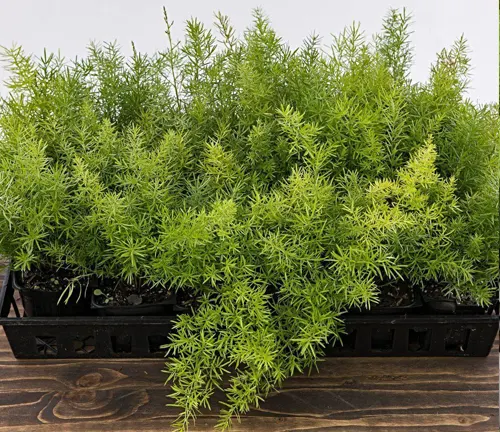
Asparagus densiflorus ‘Meyersii Compacta’
A compact version of the Foxtail Fern, it has shorter and more tightly packed fronds, making it ideal for smaller spaces and indoor settings.
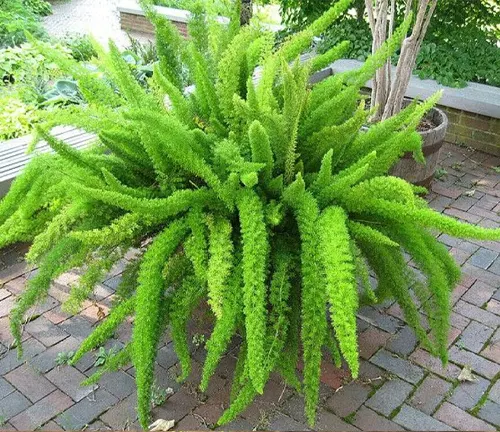
Asparagus densiflorus ‘Cwebe’
This South African species has narrower fronds compared to the standard Foxtail Fern, giving it a unique appearance.
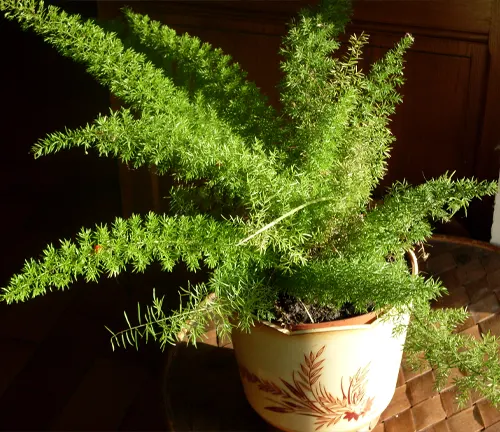
Asparagus densiflorus ‘Nanus’
Also known as the Ming Fern, it is a miniature variety of the Foxtail Fern, with smaller fronds that create a delicate and compact appearance.
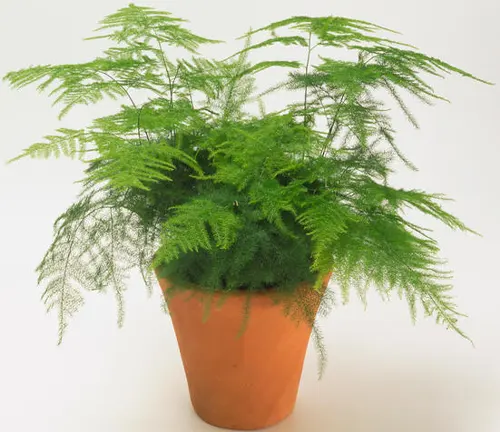
Asparagus densiflorus ‘Sprengeri Compacta’
A smaller version of the Sprengeri Fern, it features shorter, more compact fronds and is often used in hanging baskets.
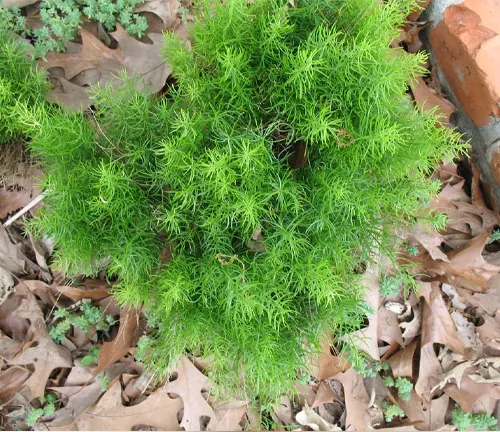
Frequently Asked Questions (FAQs)
1. What is a Foxtail Fern?
A Foxtail Fern (Asparagus densiflorus) is an ornamental plant known for its unique, plume-like fronds, which resemble a fox’s tail. Despite its common name, it is not a true fern but belongs to the asparagus family.
2. Can Foxtail Ferns be grown indoors and outdoors?
Yes, Foxtail Ferns are versatile plants that can thrive in both indoor and outdoor environments, provided they receive the appropriate care and light conditions.
3. What is the ideal light condition for Foxtail Ferns?
Foxtail Ferns typically prefer bright, indirect light. They can tolerate some morning sun, but they should be protected from direct, harsh sunlight.
4. How often should I water my Foxtail Fern?
Foxtail Ferns like to have consistently moist but not waterlogged soil. Water them when the top inch of soil feels dry, but be cautious not to overwater.
5. Do Foxtail Ferns require special fertilization?
Fertilize your Foxtail Fern with a balanced, water-soluble fertilizer during the growing season (spring and summer) every 4-6 weeks. Reduce or stop fertilization in the winter.
6. What is the typical size of a mature Foxtail Fern?
The size of a mature Foxtail Fern can vary depending on the specific variety and growing conditions. However, they generally reach a height of 2-3 feet (60-90 cm) and have a similar spread.
7. Can I propagate my Foxtail Fern?
Yes, Foxtail Ferns can be propagated by dividing the plant or from seeds. Division is the most common and successful method for home gardeners.
8. Is the Foxtail Fern fragrant?
The Foxtail Fern is not known for its fragrance. Its appeal primarily lies in its striking appearance.
9. Are Foxtail Ferns prone to pests or diseases?
While they are generally hardy, Foxtail Ferns can be susceptible to common houseplant pests like mealybugs and spider mites. Proper care and regular inspection can help prevent infestations.
10. Can I grow Foxtail Ferns in a hanging basket or container?
Yes, many people grow Foxtail Ferns in hanging baskets or containers, especially the ‘Sprengeri’ and ‘Sprengeri Compacta’ varieties. They make lovely additions to patios and balconies.


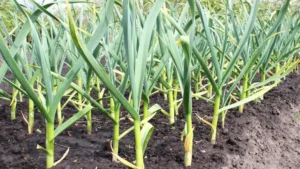
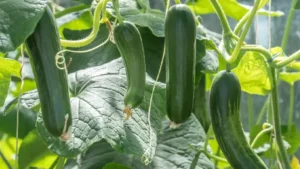

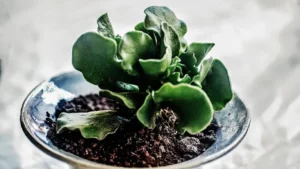
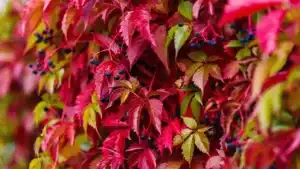
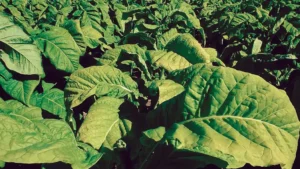

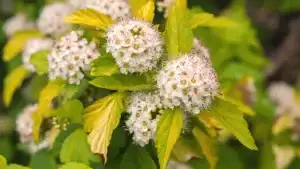


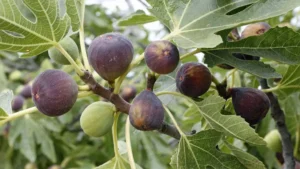

Leave your comment